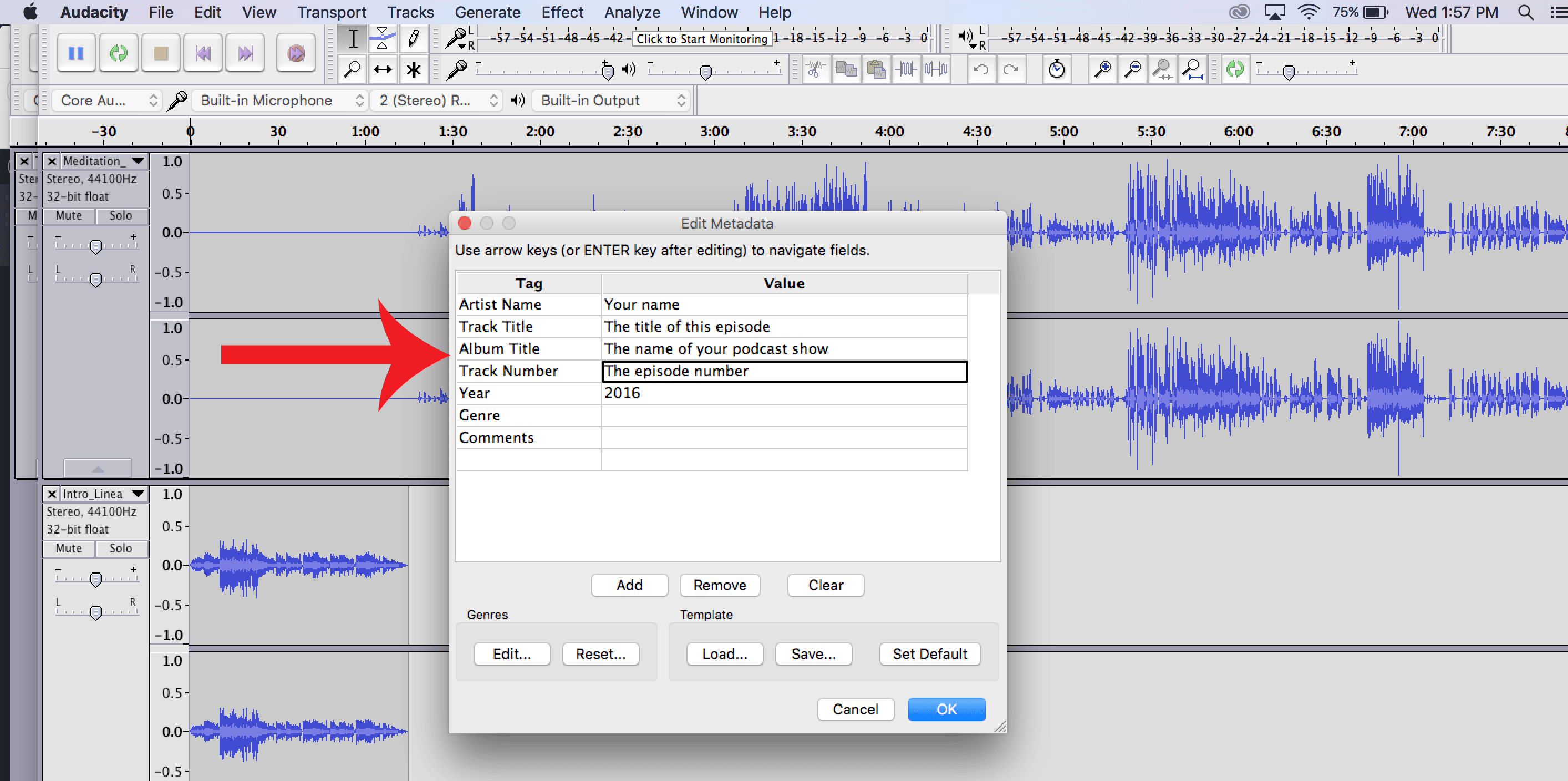
dll file that you have just downloaded and extracted.
Navigate to the mp3 library section and choose locate, then browse and manually locate and select the. dll file, open Audacity, from the menu bar, select edit and click preferences and then libraries. zip Dll file, use the Windows explorer app to unzip it to the desired destination or right click the file and select extract. Downloading Dll files from external sources can be very risky which is why you should only use sites that have been trusted and recommended as alternatives to windows sources. Download the X3daudio1_7.dll file in its zip folder. If you’re having X3daudio1_7.dll issues with your Audacity app, here’s how to solve it: 
Would you like to locate x3daudio1_7.dll now? Audacity needs the file x3daudio1_7.dll to create MP3s.”

You must obtain x3daudio1_7.dll separately, by downloading the LAME MP3 encoder, and then locate this file for Audacity. The error may be displayed or reported as “Audacity does not export MP3 files directly, but instead uses the freely available LAME library to handle MP3 file encoding. The X3daudio1_7.dll error is another popular error that can arise due to the missing component of the LAME mp3 encoder or maybe related to the fact that there are discrepancies between your Audacity program and the LAME mp3 encoder.
Under the devices section, navigate to the channels option and set it to channel 1 or channel 2. To fix this, head over to menu bar for Audacity, click edit and select preferences. Errors can therefore occur if Audacity is trying to record more than one channels. Another reason for this error is the fact that some soundcards use a channel or two for audio. Most sound cards support the 44100Hz and 48000Hz rates, if you have a different sample rate being used, change it to either of the following and test for recording. This sample rate is positioned at the bottom left corner of the program window as “Project rate”. If you still get the error, ensure that the default format set for the recording and playback devices uses the same number of recording channels and sample rates as Audacity.  Re-open the Audacity app and see if it runs fine. Click OK and close all the open windows. On the properties dialogue, navigate to “device usage” and select “enable/use this device”. If you do find a new device displayed, right click on the new-found device and navigate to “properties”.
Re-open the Audacity app and see if it runs fine. Click OK and close all the open windows. On the properties dialogue, navigate to “device usage” and select “enable/use this device”. If you do find a new device displayed, right click on the new-found device and navigate to “properties”. 
At this point, the next thing to do is to reinstall your sound card driver.








 0 kommentar(er)
0 kommentar(er)
